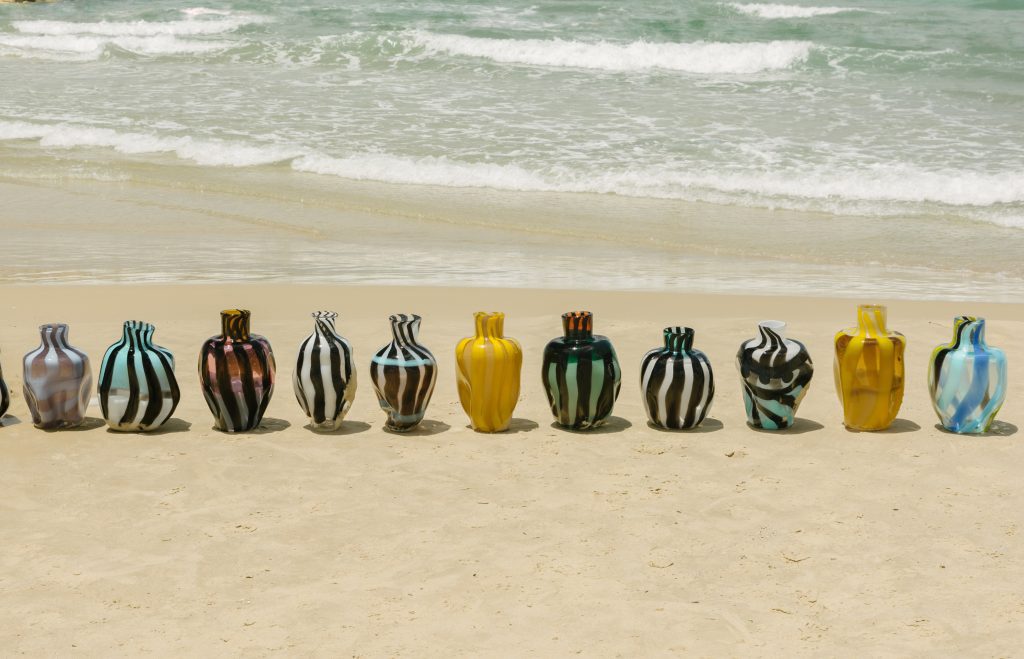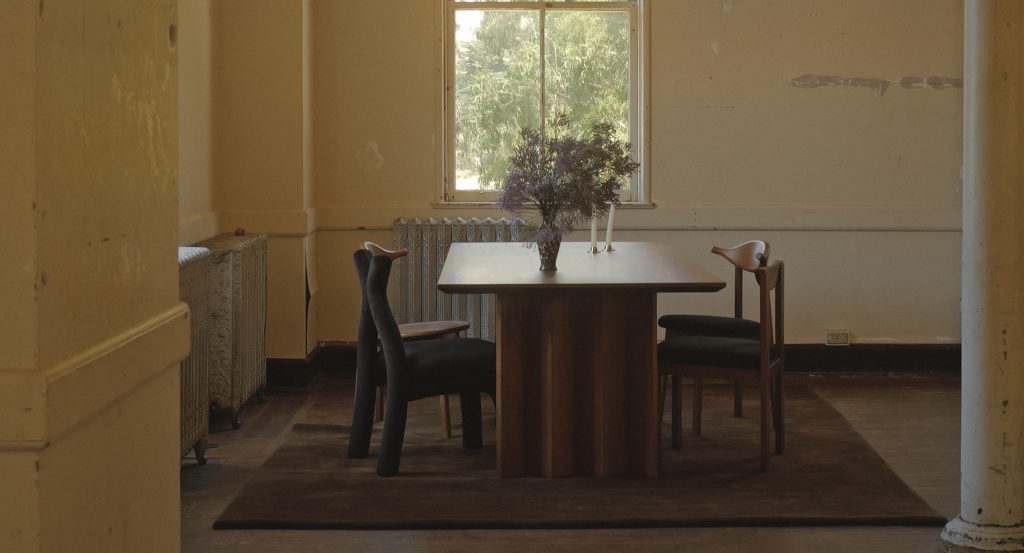

Flat Packed: The Sustainable Design Approach to Shipping
In recent years, flat packed storage and shipping has revolutionized the furniture and decor industry and emerged as a key player in sustainability efforts. This design approach aligns with principles of environmental conservation by minimizing material waste, optimizing transportation efficiency, and promoting longevity in furniture usage. The concept of flat-packing gained momentum with the rise of the ready-to-assemble (RTA) furniture movement, which companies like IKEA pioneered in the 1950s.
Throughout the latter half of the 20th century, flat-packing gained widespread popularity as other manufacturers adopted similar strategies. The advent of computer-aided design (CAD) further fueled the flat-packing revolution, enabling designers to optimize furniture designs for efficient production and packaging. For consumers, flat-packing offers newfound convenience and accessibility. Straightforward assembly instructions and basic tools empower individuals to easily construct their furniture pieces, allowing them to effortlessly personalize their living spaces.
Flat-packing represents a pivotal shift in the furniture industry, offering a harmonious blend of efficiency, affordability, and convenience.






What does Flat Packed Mean?
Flat packing works precisely as it sounds: items disassemble and package flat for transportation and assembly. This innovative approach promotes sustainability in various ways: it optimizes shipping space, enhances efficiency, cuts transportation costs, encourages DIY assembly, permits customization, and ensures affordability for consumers. While flat packing provides many benefits, it is important to shop local whenever feasible. Supporting local businesses not only lowers carbon emissions linked to transportation but also nurtures community growth and sustainability. Thus, while flat packing may enhance furniture and design shipping domestically and internationally, it’s wise to explore local options initially.






Flat Packed for Space Efficiency
Beyond its practical advantages in reducing shipping costs and facilitating handling, flat-packing provides a sustainable solution to life’s natural cycles and transitions. As people move through different stages or locations, the flexibility of flat-packed furniture allows for easy disassembly and repacking. This eliminates the constant need to purchase new pieces. This not only extends furniture and decor lifespan but also reduces waste and environmental impact. Ultimately, flat-packing demonstrates how innovative design can blend convenience with sustainability in the modern living landscape. Additionally, it’s worth noting that flat packing isn’t solely beneficial for shipping. It also serves as an efficient storage solution, further enhancing its practicality and eco-friendly appeal.
Flat Packed for DIY Assembly
By definition, flat packing requires consumers to assemble the pieces themselves. Ideally, manufacturers provide clear, step-by-step instructions. This enables customers to assemble their furniture without specialized tools or expertise. A DIY approach not only empowers consumers, fostering a sense of accomplishment and ownership over their furniture, but also eliminates the need for professional assembly services, thereby reducing additional transportation and labor costs.
Often, when people experience this sense of accomplishment or connection to a piece, it strengthens their bond with it, inspiring sustainable mindsets. Moreover, customers who engage in the assembly process themselves more often appreciate and care for their furniture. This may lead to increased longevity and decreased likelihood of disposal. Ultimately, this aspect of DIY assembly aligns seamlessly with sustainable practices, promoting a more eco-conscious approach to furniture consumption.








Flat Packed for Customization & Modularity
Manufacturers frequently incorporate modular designs into flat-packed furniture, allowing customers to customize their pieces based on preferences and spatial requirements. This flexibility not only enhances user experience but also promotes sustainability. By empowering individuals to adapt their furniture to evolving needs—such as reconfiguring a shelving unit or adding components to a modular sofa—flat-packed furniture encourages longevity and reduces the likelihood of disposal.
Instead of replacing entire pieces when needs change, customers can simply reconfigure or add on to their existing furniture, minimizing waste and maximizing resource efficiency. This emphasis on customization and modularity not only enhances the functionality of flat-packed furniture but also aligns with principles of sustainability.
Read Now: ANIMISM: Encouraging a Future with Material Choices guided by Connection rather than Consumption
Flat Packed Items on ADORNO
Cell Table by Nod Objects
Sitting at 18” high and comprised of four solid-aluminum pieces, the Cell Table pays homage to shapes found at the cellular level. Flat-packed – the removable legs allow for easy assembly and disassembly, and the tabletop’s organic form contrasts the dense nature of its material.
NoAr Stool, Carol Gay
The NoAr stool exemplifies Carol’s dedication to sustainability. Crafted from recycled rubber sourced from the tire industry, specifically “air-bladder tire-rubber,” the minimalist seat is hand-braided and sewn using industrial recycled rubber. It’s paired with a base made of coated metal, featuring a folding structure.
This design not only facilitates transportation using flat-pack packaging but also emphasizes sustainability. Additionally, the stool is stackable, making it ideal for compact environments where space-saving solutions are paramount.
Ból Daybed by Tinna Gunnarsdóttir
The Ból outdoor bench draws inspiration from the beds that lined the walls of traditional Icelandic turf houses, serving both as seating and beds. On cleaning days, the bedclothes would be aired in the crisp arctic winds, adding to the connection with nature. Ból transports the aesthetic of these benches from the confines of the turf house to the open air. Handcrafted in a small family business in Iceland, where expertise spans three generations.
Available in a flat-packed design, it combines mid-century modern, minimalist, and boho chic elements.
Ciro Bench by Murubi


With influences from the Mid-Century Modern style, the Ciro bench, designed by India-based designer Murubi, offers comfortable seating for two people. The long wooden seat is intricately woven into the cast-aluminum frame using natural cane, ensuring structural integrity and visual appeal. Designed with sustainability in mind, Murubi flat-packs the entire bench for efficient transportation and assembly in minutes using just four bolts.
The outer ring of the bench is crafted from upcycled materials, utilizing recycled aluminum from nearby recycling centers. This eco-friendly approach significantly reduces energy consumption compared to manufacturing new aluminum.
Split Table by Sofie Rueskov Sundby
The Split Table delves into the concept of “disassembly furniture” through innovative design approaches. Drawing from experiments with joints in aluminum sheets, the table introduces a novel method for assembling furniture, exemplified by this small dining table. The table’s design prioritizes ease of transportation and storage, allowing users to conveniently pack it flat, thus enhancing its practicality and sustainability.. These features align with a broader perspective on sustainability, contributing to the UN’s 17 Sustainable Development Goals, particularly Goal 12: Responsible consumption and production.
Produced using sustainable production methods and recyclable materials, the table embodies a commitment to environmentally conscious practices.
Rua Cha – extendable Ash Wood Dining Table by Clementine Caurier
The RUA CHA table embodies a harmonious blend of functionality and aesthetic appeal, showcasing a lightweight and expandable design carved from premium solid wood. Its sleek geometric contours and slender profile are expertly crafted to naturally integrate into various environments, serving as a versatile centerpiece. With rounded contours promoting an inviting atmosphere, the table creates comfort and harmony, drawing people together.
Featuring a built-in extension leaf and synchronized mechanism, the RUA CHA table transitions effortlessly from an intimate six-seater to a grand ten-seater while retaining its inherent elegance and refinement. Finished with a protective layer that enhances the tactile experience, the table remains true to its organic roots, safeguarding the wood and accentuating its natural beauty.
Layout – Wood Dining Chair by Studio Super Sunday
The Layout Dining Chair exemplifies simplicity and sculptural elegance, offering a minimalist interpretation of a chair’s silhouette. Crafted with precision, the backrest features a subtle curve that is hand-milled into a solid piece of wood using a router. We join these backrests to 90-degree junction pieces, ensuring structural integrity while maintaining a minimalist aesthetic. To achieve a clean and uncluttered appearance without compromising stability, the legs are mechanically assembled into both the seating and the backrest. Assembly of the piece is straightforward, requiring only a few minutes.
The finishing process involves a hybrid blend of oil and wax, preserving the natural look and feel of oiled furniture while enhancing durability. Custom options for wood species and finishes are also available, providing customers with the opportunity to tailor the piece to their preferences.
Pa Lamp by BuRRo


“Para armarse de Pe a Pa”
Derived from the Spanish saying meaning “from beginning to end,” the Plakene Pa lamps are designed to be versatile and adaptable. You can assemble or disassemble them completely for use or storage, catering to a wide range of needs. The goal is to make this product accessible to everyone, from informal street vendors to department stores. BuRRo aims for it to be as practical and long-lasting as a simple fly swatter sold at a traffic light, yet as visually appealing as a high-end product.
El Caballito – Dining & High Table by Frau Caze – Carolin Zeyher
Oak table El Caballito is entirely built by timber joints – it doesn‘t contain glue or screws. You can easily remove the legs by knocking out the conical wooden nails, and assembly is just as quick.
El Caballito is available with two different sets of leg heights, so the table can be changed between dining table and high table.
Beneath the minimalist table is elastic rope, where textiles and magazines can be set or hung.
Read Now: Objects of Affection: Sustainability & Our Relationships with Material Possessions
Conclusion
Flat-packing has emerged as a game-changer in the furniture and decor industry, offering a myriad of benefits ranging from space efficiency and sustainability to affordability and customization. As consumers continue to prioritize convenience and value, flat-packed furniture is poised to soar in popularity, shaping the future of interior design.
-

 Ciro Bench – Cane Woven Wood And Aluminum Bench€1.625
Ciro Bench – Cane Woven Wood And Aluminum Bench€1.625 -

 Rua Cha – extendable Ash Wood Dining Table€2.688 incl. tax
Rua Cha – extendable Ash Wood Dining Table€2.688 incl. tax -

 Ciro Stool – Cane Woven Wood And Aluminum Stool€850 incl. tax
Ciro Stool – Cane Woven Wood And Aluminum Stool€850 incl. tax -

 Imole – Aluminum Side Table€1.250 incl. tax
Imole – Aluminum Side Table€1.250 incl. tax -

 Rund – Chair In Wood€698 incl. tax
Rund – Chair In Wood€698 incl. tax












